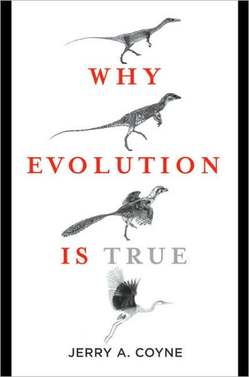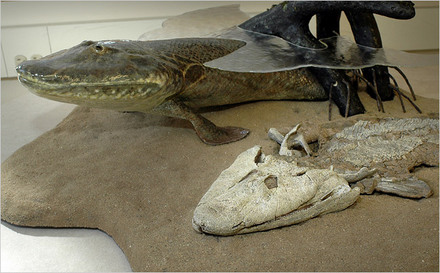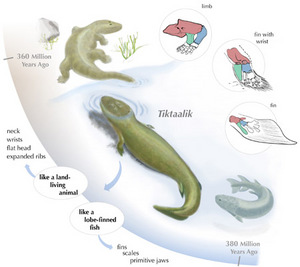 Source of graphic: online version of the WSJ article quoted and cited below.
Source of graphic: online version of the WSJ article quoted and cited below.
(p. A9) In a paradox of creation, new evidence suggests that devastating avalanches of cosmic debris may have fostered life on Earth, not annihilated it. If so, life on our planet may be older than scientists previously thought — and more persistent.
Astronomers world-wide have been transfixed by a roiling gash the size of Earth in the atmosphere of Jupiter, caused by an errant comet or asteroid that smashed into the gas giant last month. The lingering turbulence is an echo of a cataclysmic bombardment that shaped the origin of life here 3.9 billion years ago, when millions of asteroids, comets and meteors pummeled our planet.
. . .
But in their super-heated plunge through the atmosphere, these asteroids and meteors may have helped create conditions ideal for emerging life. “Everyone focuses on the meteor that hits the ground,” says geochemist Richard Court at London’s Imperial College. “No one thinks about the products of its journey that get pumped into the atmosphere.”
As they vented, they collectively could have imported billions of tons of life-sustaining water into the air every year, Dr. Court and his colleague Mark Sephton recently determined. They calculated that these showers of volatile rocks delivered 10 times the daily outflow of the Mississippi River every year for 20 million years. By analyzing the fumes emitted under such extreme heat, they discovered these rocks also could have injected billions of tons of carbon dioxide into the air every year.
Combined with so much water vapor, the carbon dioxide could have induced a global greenhouse effect. That could have kept any life emerging on Earth safely in a planetary incubator at a time when the planet might easily have frozen because the Sun radiated 25% less energy than today. “The amount of CO2 that was produced is about the same we produce today through fossil fuel use and we know that is a climate-changing volume,” says Dr. Court.
. . .
“It is literally a revolution in our ideas about how our solar system evolved,” says asteroid expert William Bottke at the Southwest Research Institute. “It could be that our form of life today — every living thing that we see today — is due to this bombardment that happened 3.9 billion years ago.”
For the full commentary, see:
ROBERT LEE HOTZ. “SCIENCE JOURNAL; Some Creative Destruction on a Cosmic Scale; Scientists Say Asteroid Blasts, Once Thought Apocalyptic, Fostered Life on Earth by Carrying Water and Protective Greenhouse Gas.” The Wall Street Journal (Fri., AUGUST 14, 2009): A9.
(Note: ellipses added.)







